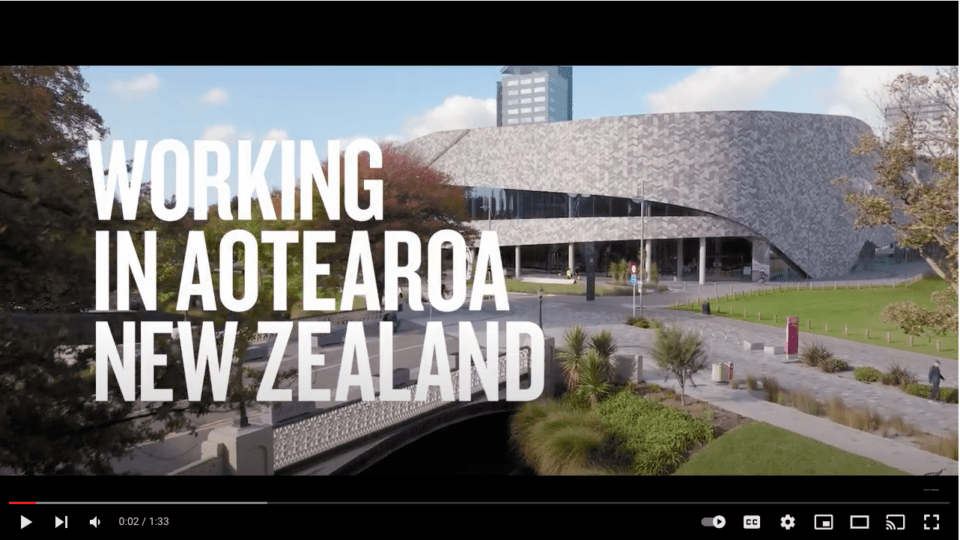By Alan Pollard, Chief Executive, Civil Contractors New Zealand.
Access to a skilled labour force remains highly constrained for the civil construction industry. Even before the weather events earlier this year the civil construction industry was short of workers; the cyclone and flood events have just exacerbated that.
And with budget announcements of $71 billion infrastructure investment over the next five years, including a further $6 billion for network resilience, it’s clear immigration will be needed to support internal recruitment.
The work civil contractors do underpins all other parts of the construction sector. We are the enablers. So, our ability to resource a clearly defined and well-funded programme of work is essential if we are serious about tackling our infrastructure challenges.
Strategically, our ability to build capacity and deliver on future projects will rely on three main things:
- The development of a reliable and skilled domestic workforce.
- The ability to bring in migrant workers across all roles – from low skilled to highly skilled.
- Innovation and technology substituting for existing roles or improving the performance and productivity of existing roles.
It is the migrant pathway that I want to focus on.
In my opinion, the Government kept the borders closed during the pandemic for longer than they needed to. Then, when they finally opened the border there was no plan in place to let the world know that we were open and to attract international talent here.
Other countries saw that and exploited it. For example, the Welsh whiskey industry produced an advertising campaign that stated that Wales was “The New Zealand of the North” and “Just like New Zealand only we’re 100 percent open”.
What we continue to hear from global recruiters is the perception that NZ is still heavily restricted. There’s also fear that, based on previous experiences, the Government could and would move quickly to lock down NZ at any time; that crime is an issue (i.e., global reporting of ram raids); and that this country is very expensive in terms of cost of living and housing.
To help address and balance this perception, CCNZ, ACE New Zealand, Registered Master Builders, the New Zealand Institute of Architects, and the New Zealand Construction Industry Council (represented by Master Plumbers) collaborated with the New Zealand Story (with funding from the Construction Sector Accord) to develop a storyteller toolkit highlighting the reasons migrants move here.
This includes the attractive natural environment, an inclusive and friendly culture, a stable government, lifestyle, healthcare, safety, career opportunities and education and, in more detail, why our construction and infrastructure industry is an attractive industry for migrants.
The toolkit comprises a set of targeted videos, social media and digital banners, messages, and case studies to use when recruiting people particularly from the US, UK-Ireland, Canada, South Africa, and Asia.
The resources can be downloaded by individual members who may wish to use them to support their own recruitment campaigns, or by our recruitment partners to complement their campaigns often in partnership with other in-market recruitment partners. Further information is available from CCNZ.
Of course, it is one thing to identify candidates through campaigns such as this, but it is quite another to be able to bring those candidates into the country efficiently and cost effectively. We need to address the situation where civil construction remains largely unrecognised by the immigration pathway, remove the administrative burdens, and remove the barriers to global recruitment.
The Government has introduced the concept of a sector agreement to address our future labour capacity challenges, and our ability to do so is constrained by the limitations, costs and hurdles on employers imposed by this sector agreement.
Late last year, we had a couple of roles added to the Green List, but inexplicably we cannot access those changes until September this year. The unskilled visa category still includes no civil roles, and the migrant pathway generally is cumbersome, lengthy and expensive with highly restrictive criteria.
The Government did introduce a cyclone recovery visa, valid for a maximum of six months with fast processing and no fees, but I am not aware of many, if any, of our members using this visa, due to the six-month limitation, which makes it workable only if there are pathways for workers to transition into longer-term visa arrangements.
These are classic examples of policy formulation without understanding how the sector works in practice.
And the new agreement with Australia for kiwis to more easily achieve residency and citizenship just adds to the difficulty in keeping workers in the country.
So, in the course of our advocacy, I challenged the (now former) Minister of Immigration and his officials to think differently. If businesses must be more creative and innovative about how we address the labour shortage, surely, we should expect the same level of innovation from Immigration NZ – unfortunately we are not seeing that same creative thinking from them.
As Henry Ford famously said; “If you always do what you always did, you’ll always get what you always got.”
Instead of focusing on immigration restrictions, barriers, and costs, why do we not consider how best to target the international talent we clearly require?
The recruitment storyteller will go a long way towards breaking down the myths about New Zealand and countering any misinformation. If we can achieve a fit-for-purpose immigration pathway, we will be in a better position to deliver on the massive infrastructure programme that lies ahead.


Parting words from Jeremy Sole- a final column